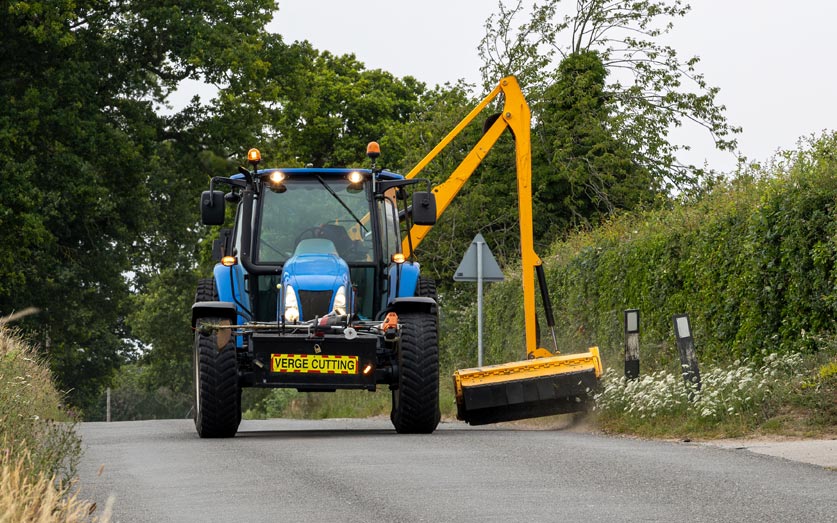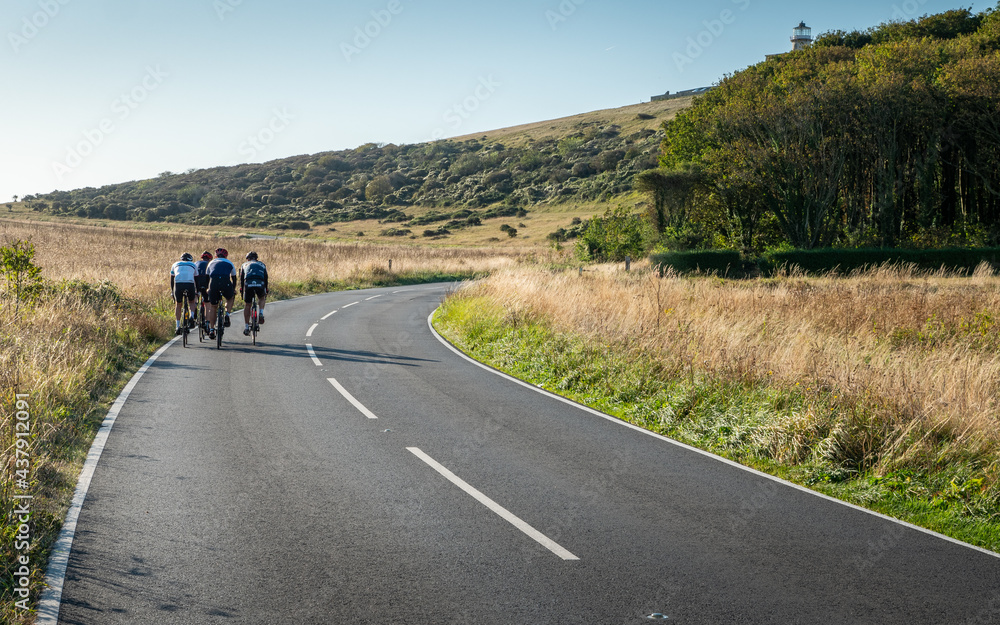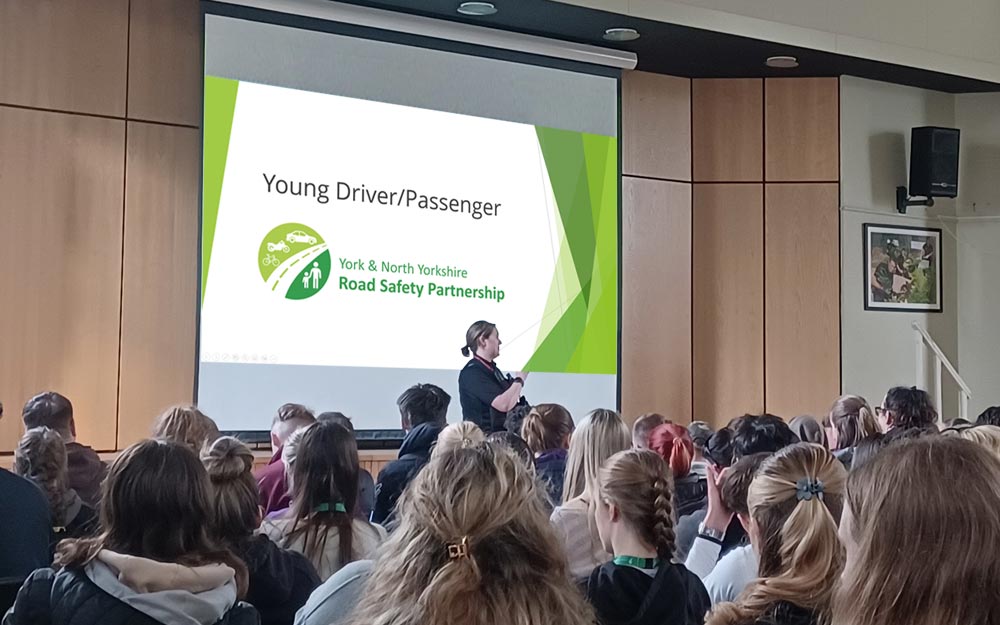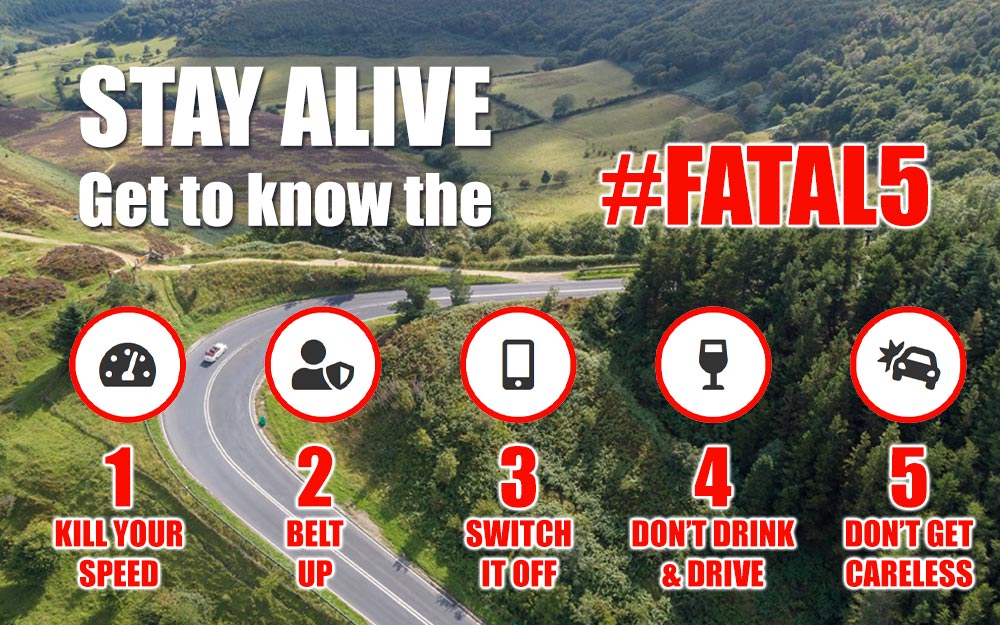Education & Engagement
Schools
We have developed a range of road safety presentations suitable for Key Stages 1-4
The faster you drive, the longer it takes you to stop.
North Yorkshire’s rural roads can conceal many dangers, you never know what could be around the corner so you must take extra care.
- Don’t assume that it’s safe to break the speed limit on rural roads just because there is less traffic.
- Be aware that there could be unforeseen and dangerous hazards such as slow-moving vehicles or animals.
| KS1 (Year 1 & 2) | Pedestrian safety / Green Cross Code |
| KS2 (Year 3-6) | Pedestrian, Cycling & Scooter Safety |
| KS3 (Year 7-9) | Independent Travel – seatbelts, distractions, helmets |
| KS4 (Year 10 & 11) | Passenger Power & Driving intro |
Sixth Form and Colleges
Young drivers are unfortunately among those most frequently involved in road traffic collisions.
Our partners have been delivering road safety interventions for many years and we have recently undergone a review of the materials we use.
These changes align with the latest developments in behaviour science and are based on the Capability – Opportunity – Motivation – Behavioural model (Michie et al., 2014), referred to as the COM-B. This model has been cited in over 2,000 academic papers across a range of health-related interventions. The model is also linked to a range of behavioural change techniques (BCT), and we have embedded a much more comprehensive range of these techniques into the presentation. BCTs cover a wide range of concepts but are seen as being the key elements in an intervention that elicit change. The ones we have incorporated have been found to be successful in a recent review of the literature completed by Sullman (2017).
Our revised approach aims to improve the audience’s awareness of why young, newly qualified drivers have an increased risk of collision involvement.
We have moved away from using shock and tell tactics and whilst some materials of this nature are valuable, the evidence is that this type of approach is not as successful with young males over the longer term (for an overview, see Lewis et al., 2007) and may be counter-productive with some groups by increasing their anxiety, making them more fearful about learning to drive. We do, however, include one film of parents talking about the loss of their daughter, as we feel it is an important example of the ripple effect.
We are continually reviewing our materials and carrying out evaluation, to ensure they are as effective as possible. With this in mind, we will be asking for your assistance in this process with questionnaires to be completed by all students who attend. Any help you can provide will be greatly appreciated.
References
Lewis, I., Watson, B., Tay, R., & White, K. M. (2007). The role of fear appeals in improving driver safety: A review of the effectiveness of fear-arousing (threat) appeals in road safety advertising. International Journal of Behavioural Consultation and Therapy, 3(2), 203.
Michie, S., Atkins, L., & West, R. (2014). The behaviour change wheel. A guide to designing interventions. 1st ed. Great Britain: Silverback Publishing, 1003, 1010.
Sullman, M. (2017). Young Driver Safety: A review of behaviour change techniques for future interventions. RAC Foundation.
Go Drive Program
We are excited to offer you a unique opportunity to engage pre-learners, learners and newly qualified drivers in an impactful road safety intervention. Click the button below to register your session and access the film and facilitator notes.
Events
We believe engagement with road users and our communities is key to improving road safety.
We attend many events across the county including motorcycle racing, agricultural shows and pop up’s in towns and the City of York.
To arrange a school visit, talk or attendance at an event please email:












